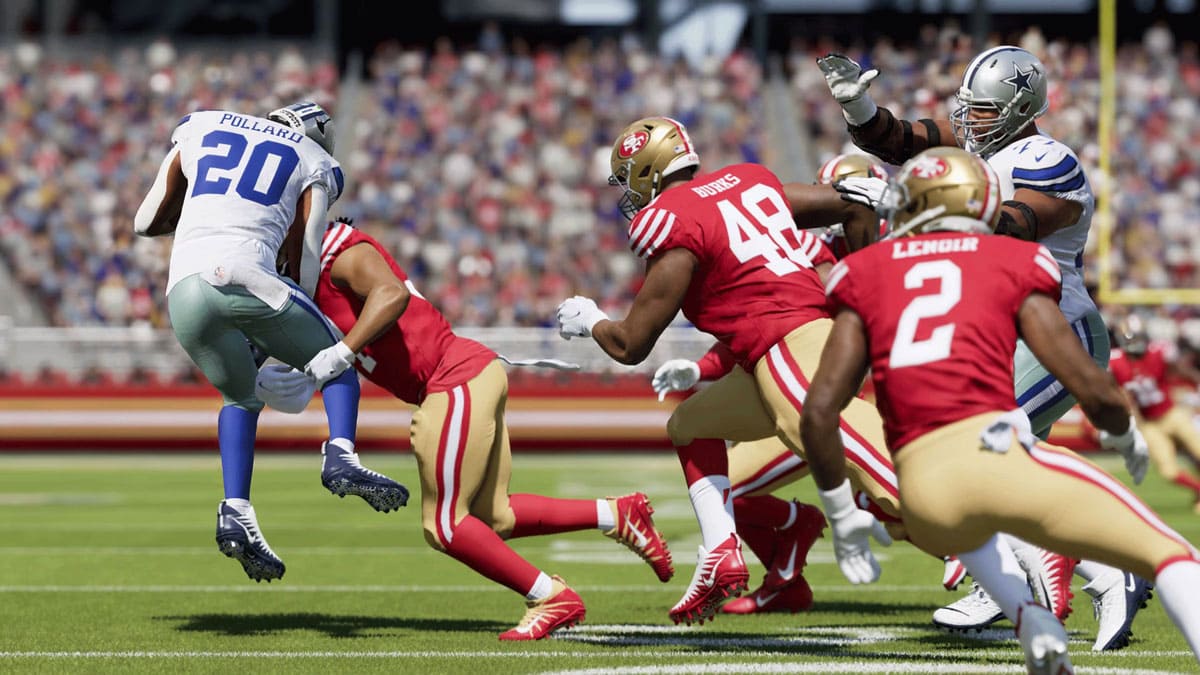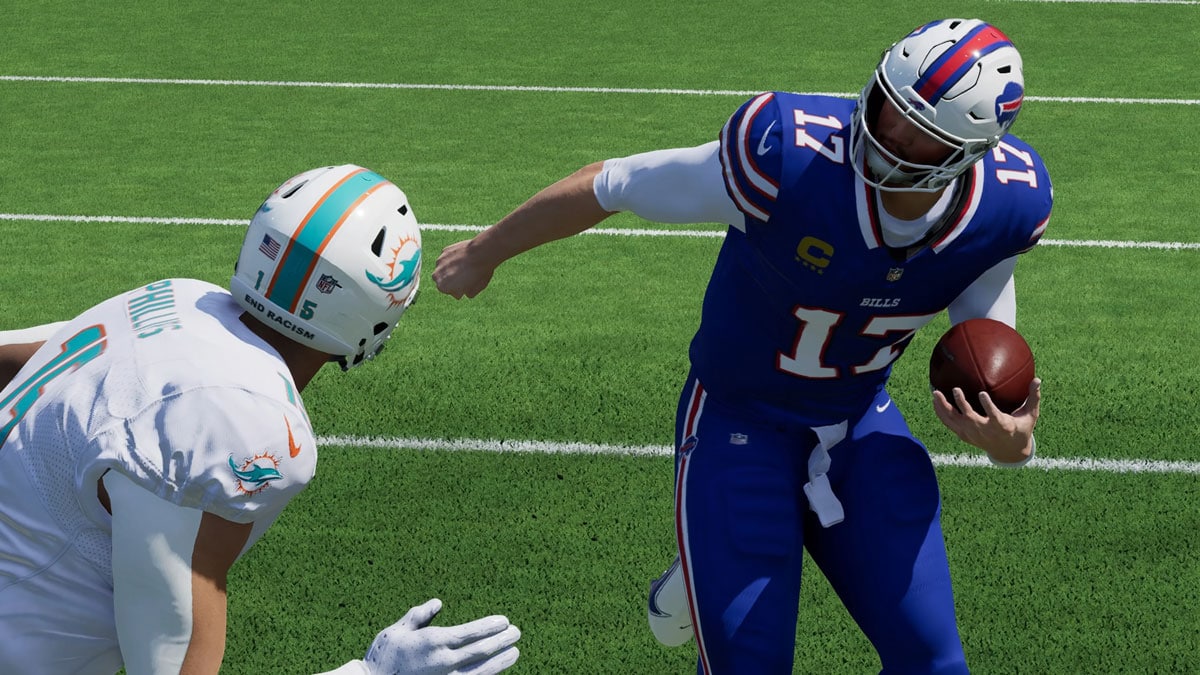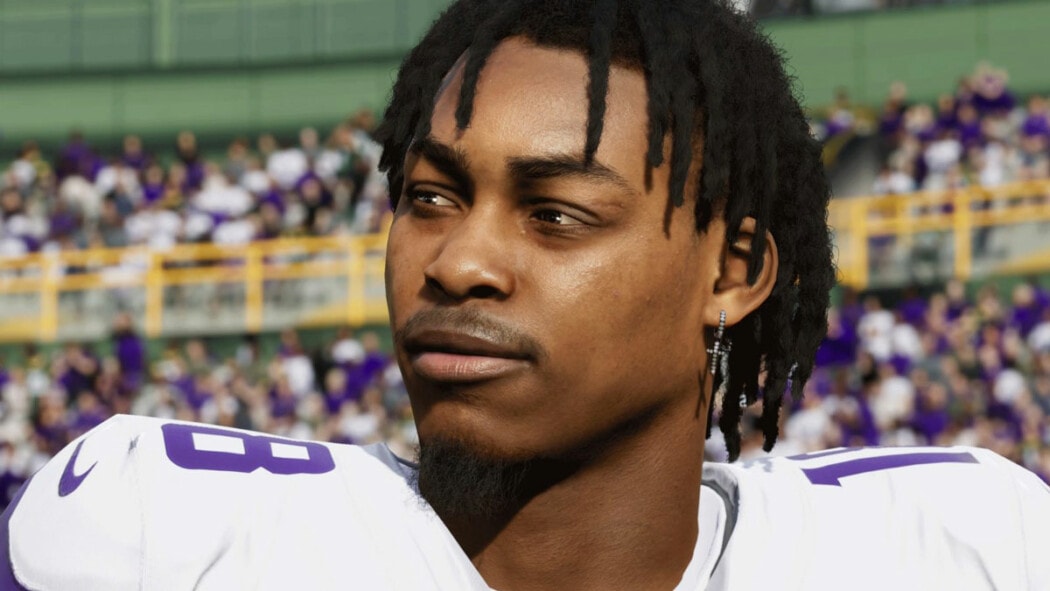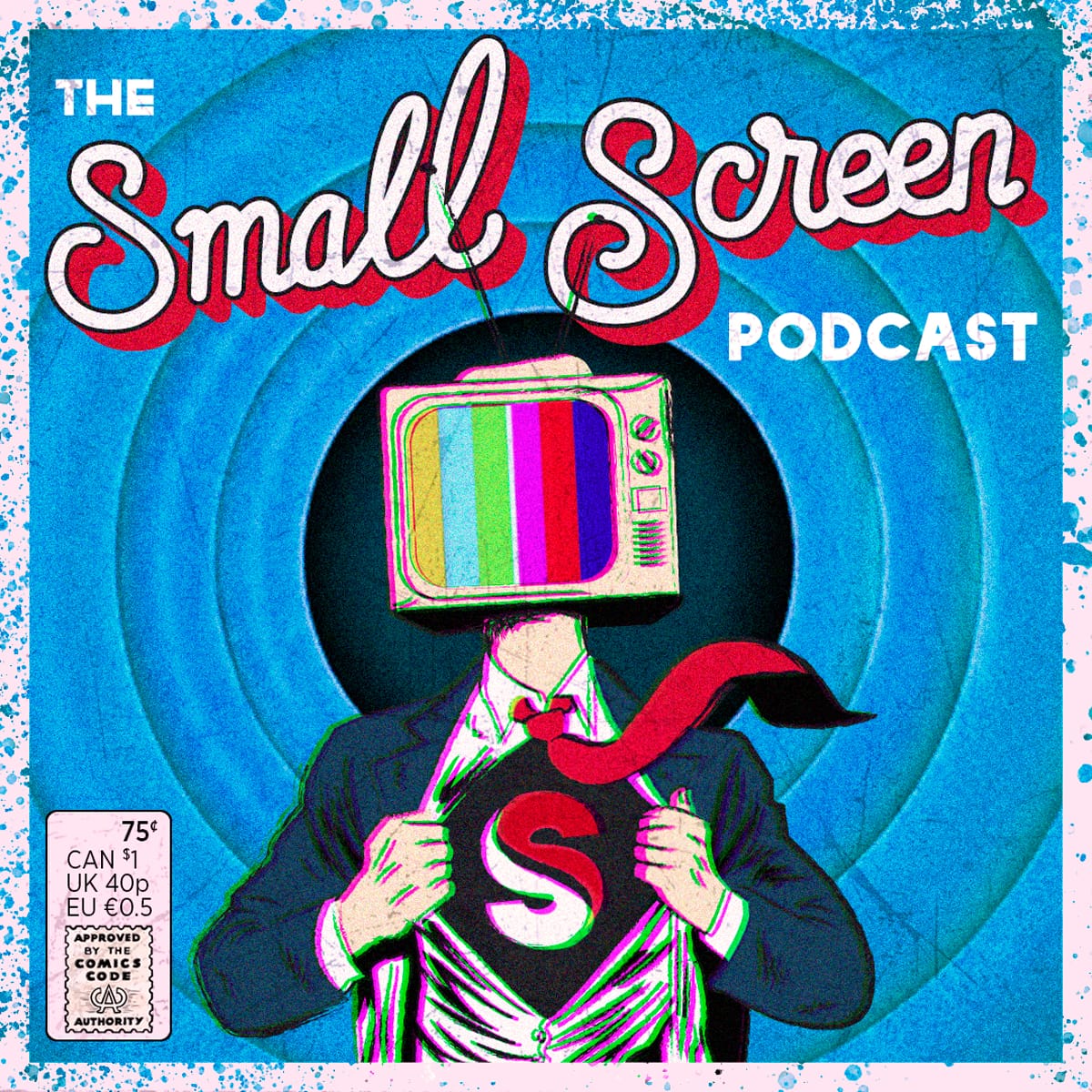The Madden Curse is a term that sends shivers down the spines of NFL players and video game enthusiasts alike. It has been the subject of debate, superstition, and even fear within sports and gaming communities for years. This alleged curse suggests that athletes who grace the cover of the Madden NFL video game series, published by Electronic Arts (EA), will inevitably suffer from bad luck or injuries during the NFL season they are featured.
The latest instalment of the ever-popular franchise, Madden NFL 24, landed on August 18. It features Buffalo Bills quarterback Josh Allen as its cover star. Allen hopes the Madden Curse is nothing but coincidence, especially as he hopes to guide his Bills team to Super Bowl glory this season. Fellow star quarterback and NFL MVP favourite Patrick Mahomes of the Kansas City Chiefs has twice featured on the game’s front cover with no ill effects. Indeed, some may say Mahomes improved after having his image on the front of Madden NFL 2020 and again in 2022.
In this article, we’ll delve into the history of the Madden Curse, explore instances where it seemed to manifest, examine the science behind coincidence and causation, and ultimately decide whether the Madden Curse is real or just a curious coincidence.
A Brief History of the Madden Curse

Credit: EA Sports
READ MORE: Special Ops: Lioness Season 2 Release Date, Cast, Plot, Theories & Predictions
The Madden NFL video game series has been a staple of American sports gaming since its inception in 1988. It is named after legendary NFL coach and broadcaster John Madden, who lent his name and expertise to the franchise. However, the idea of a “curse” associated with the cover athlete only gained traction in the late 1990s and early 2000s.
The supposed curse gained notoriety with the release of Madden NFL 99. The cover featured San Francisco 49ers running back Garrison Hearst, who suffered a serious ankle injury that kept him out for the entire 1999 season. This incident sparked the belief that being on the cover of Madden brought with it a hex that would befall the featured athlete.
Sixteen of the 22 players who have starred on the game’s front cover have succumbed to injury or seen a significant drop off in form the following season. Coincidence?
Notable Cases of the Madden Curse
Over the years, several cover athletes have experienced setbacks or misfortunes during their Madden cover seasons. While it’s important to remember that correlation does not imply causation, these instances have contributed to the Madden Curse legend.
Eddie George was the first official Madden cover athlete; he was on the cover of Madden NFL 2001. In 2000, George enjoyed a career-best number of carries (403), rushing yards (1,509), and rushing touchdowns (14). However, following his front cover appearance, George only attempted 315 rushes for 939 yards and five touchdowns as the Tennessee Titans missed out on the playoffs.
EA Sports selected Michael Vick for the front cover of Madden 04 (the games are dated a year ahead to reflect when the new season ends) following his breakout season in 2002. Vick broke his leg in a preseason game before the 2003 campaign, and he only started four games that year. Of Course, Vick was later caught up in serious legal issues that resulted in an NFL suspension and a jail sentence.
Seattle Seahawks running back Shaun Alexander is a legendary figure in the game, but his form on the field was never the same after the 2005 season. Alexander enjoyed his best-ever season in 2005, prompting EA Sports to put him on the cover of Madden 06. As luck would have it, injury struck Alexander in the 2006 campaign, again in 2007, and he hung up his boots in 2008.
These cases, among others, have fueled the superstition surrounding the Madden Curse. But can we attribute these misfortunes to a mere video game cover?
The Science Behind Coincidence and Causation
The fundamental question surrounding the Madden Curse is whether it’s a genuine phenomenon or simply a series of coincidences. To explore this, we must consider the basic causation and correlation principles.
The Madden Curse is based on the correlation between appearing on the game cover and subsequent misfortunes for some athletes. Correlation means that two events are observed to occur together more often than would be expected by chance.
Causation, on the other hand, implies that one event directly leads to the other. In other words, being on the Madden cover would need to cause the player’s bad luck or injuries.
The Role of Confirmation Bias

Credit: EA Sports
READ MORE: Futurama Season 12 Release Date, Cast, Plot, Theories & Predictions
Confirmation bias is another crucial aspect to consider. It’s the tendency for people to notice and remember information that confirms their pre-existing beliefs or expectations while ignoring or downplaying information that contradicts them. In the case of the Madden Curse, once the idea took hold, people started paying more attention to instances where it appeared to manifest, reinforcing the belief in the curse.
Furthermore, the Madden video game typically features players at the peak of their careers. As such, it’s not uncommon for athletes to face challenges, injuries, or performance declines as they age or accumulate wear and tear on their bodies. These challenges would likely have occurred with or without the Madden cover, but the curse theory conveniently ties them to the game.
Instances Where the Madden Curse Was Broken
While there are examples of athletes who struggled during their cover seasons, it’s important to acknowledge instances where the Madden Curse seemed to have no effect.
The previously mentioned Patrick Mahomes was the cover star of Madden 20, and Mahomes won the Super Bowl that year. Mahomes shared the front cover of Madden 22 with the legendry Tom Brady, and both quarterbacks faced each other in the Super Bowl that season, Brady winning and Mahomes putting up career-best postseason figures.
Of course, there are other instances of the so-called curse being broken, but these are two high-profile examples.
The Curse’s Evolution: From Superstition to Marketing Tool
In recent years, Electronic Arts has embraced the Madden Curse as a marketing tool rather than a superstition to be feared. They’ve even conducted fan voting to select the cover athlete, turning it into a highly anticipated event in the sports gaming community. This shift in perspective reflects the realization that the curse is a curious coincidence rather than a genuine threat.
Ultimately, the Madden Curse is a fascinating blend of superstition, coincidence, and marketing savvy. While there are instances of players facing difficulties during their cover seasons, attributing these setbacks solely to the cover of a video game oversimplifies the complex nature of professional sports and athlete performance.
The next time you hear about the Madden Curse, remember that it’s more of an entertaining superstition than a legitimate threat to NFL players.
What do you make of this feature? Let us know your thoughts in the comments below.
What do you make of this story? Let us know in the comments below or on our Facebook, Twitter or Instagram pages! And if you enjoy listening to film podcasts, why not check out our podcast, The Small Screen Podcast, wherever you get your podcasts!





















There are no comments
Add yours